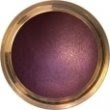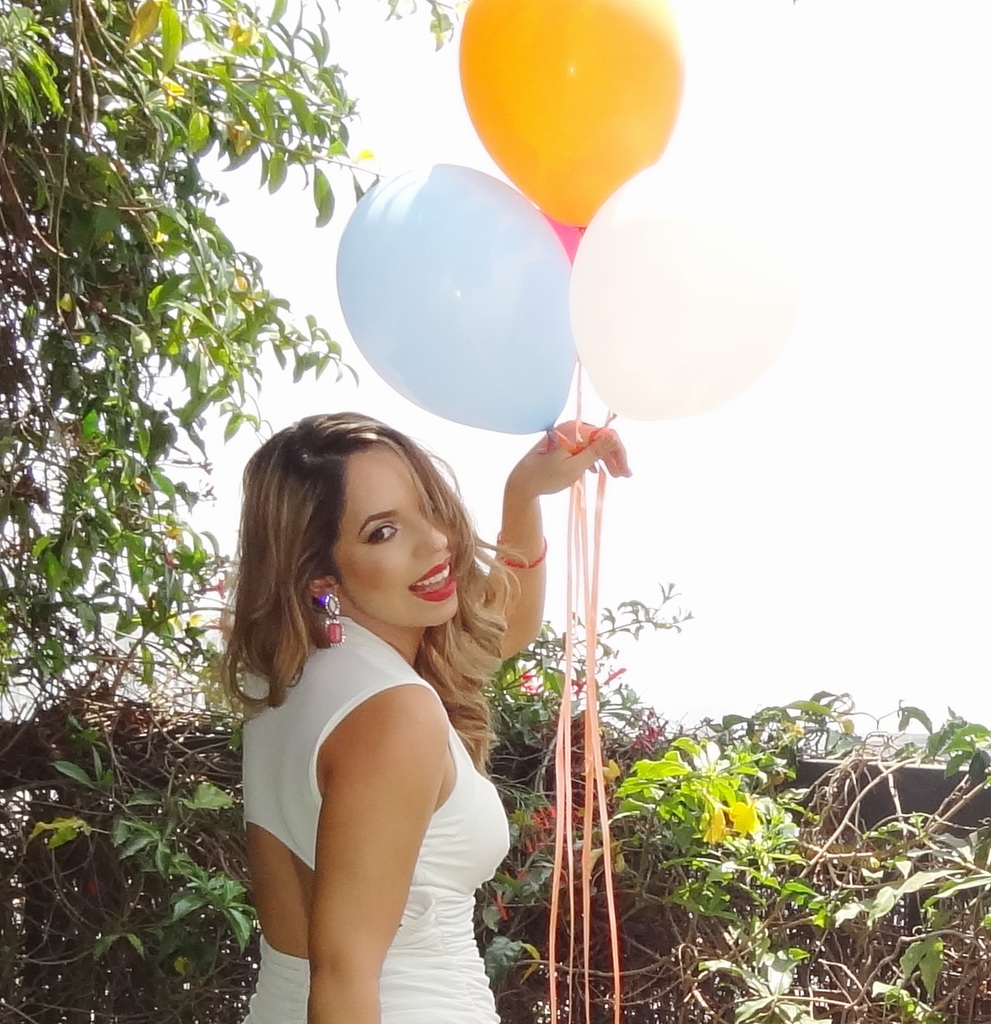Color Theory
2:19:00 PM
Before learning about color theory, there are several elements to understand before getting into the aspect of makeup: pigmentation, the three dimensions of a color, color harmonies and color reflectiveness. Understanding all these elements is essential because they will determine and play a very important role in makeup color trends.
Pigment.
Pigments are colorful substances that absorb, reflect and transmit certain wavelengths of light and this makes them appear "colorful" They can be naturals or synthetic and both types of pigments are used in cosmetics. All forms of makeup, be they water-based, oil in water, wax-based, cream, stick, cake or mineral contain pigments.
Some types of pigment materials are permanent where the colors last with the same intensity for a lifetime. Other types will fade over time. A pigment material is actually insoluble and sits within a liquid instead of absorbing into it. This helps it produce an extra richness of color.
The three dimensions.
The second element of color theory to understand involves the three dimensions of a color that will help us to describe more accurately the colors.
- Hue.- The name of the color, such as red, orange, yellow or green
- Chroma/intensity—The brightness or dullness of a color, or the measure of a color’s strength or purity; its saturation.
- Value.- How light or how dark a color is, corresponding with its position on a scale that runs from black to white with all shades of gray in between.
All colors have a gray value, as if seeing the same makeup or picture on a black and white television. The value of a color gives depth and dimension to what you see. It provides contrast, light against dark. In makeup, colors must be selected carefully so they don’t all have the same gray value, as that would result in the client’s face being uninteresting, washed out and lacking in definition and nonverbal communication.
Color harmonies or chords.
The word harmony refers to a collection of parts that are aesthetically pleasing to the senses of sight, sound, touch, taste and smell. In the world of color, color harmonies are a collection of colors that are pleasing to the eye and can inspire many emotions, like placid or exciting, cool and refreshing, warm and exhilarating, tantalizing and sensual.
Color can be your most powerful design element if you learn to use it effectively. There are five basic color harmonies used: analogous, complementary, monochromatic, achromatic and triadic.
- Analogous. Analogous color schemes use colors that are next to each other on the color wheel. They usually match well and create serene and comfortable designs. Choose one color to dominate, a second to support. The third color is used (along with black, white or gray) as an accent.
- Complementary. Colors that are opposite each other on the color wheel are considered to be complementary colors (example: red and green). Complementary colors are tricky to use in large doses, but work well when you want something to stand out.
- Monochromatic. The monochromatic color scheme uses variations in lightness and saturation of a single color. This scheme looks clean and elegant.
- Achromatic. Gray, white and black are Achromatic colors
- Triad. A triadic color scheme uses colors that are evenly spaced around the color wheel. Triadic color harmonies tend to be quite vibrant, even if you use pale or unsaturated versions of your hues. To use a triadic harmony successfully, the colors should be carefully balanced - let one color dominate and use the two others for accent.
Color reflectiveness.
The final element of color theory is color reflectiveness. There are six common types of reflectiveness to be aware of:
Shiny—a gloss look
Metallic—highly reflective, bright, not see-through
Opaque—not see-through
Translucent—lightly fogged, barely see-through
Transparent—see-through, such as glass


Tints, shades and tones.
If a color is made lighter by adding white, the result is called a tint. If black is added, the darker version is called a shade. And if gray is added, the result is a different tone.
 Tints - adding white to a pure hue:
Tints - adding white to a pure hue: Shades - adding black to a pure hue:
Shades - adding black to a pure hue: Tones - adding gray to a pure hue:
Tones - adding gray to a pure hue:Color can inspire emotions and memories, send signals and convey information—it can be quite a powerful force. Learning about the elements of color theory, as well as the theory itself, helps you harness this power and direct it in the best way possible.

Red. Symbolizing energy and action, red is most often associated with sex,power and heat. It is a great addition to lipstick and nails.

Oranges -Symbolizing the sun and warmth, orange shades are seen in the season of autumn and associated with vitality and assertiveness. Use peachy tones in your cheeks and lips to mimic this affect.

Yellow – The symbol of power and life, yellow is the sun, and is associated with gold and ancient times. It is a perfect color for highlights both on your skin and in your hair.

Blue – Known for images of peace and coolness, blue is commonly associated with water and health. Place it on your eyes and nails to enhance this calming sensation.

Green – Symbolizing the green growth of plants and nature, green is the renewal of life, youthful and fresh. Perfect for the eyes and nails, use it lightly for the most natural look.

Purple – The symbol of royalty and romance, it is a color that often arouses your sense of smell. Let this color add a little mystery to your eye and lip makeup.

Pink – Nothing is more feminine than the color of pink. It is commonly used on the lips and cheeks providing a lovely sweetness and image of purity.

I dress for the image. Not for myself, not for the public, not for fashion, not for men.






0 comments
I love to read new comments...
♥ Thanks for sharing what is on your mind with me!
Me encanta leer nuevos comentarios...
♥Gracias por compartirlos conmigo!